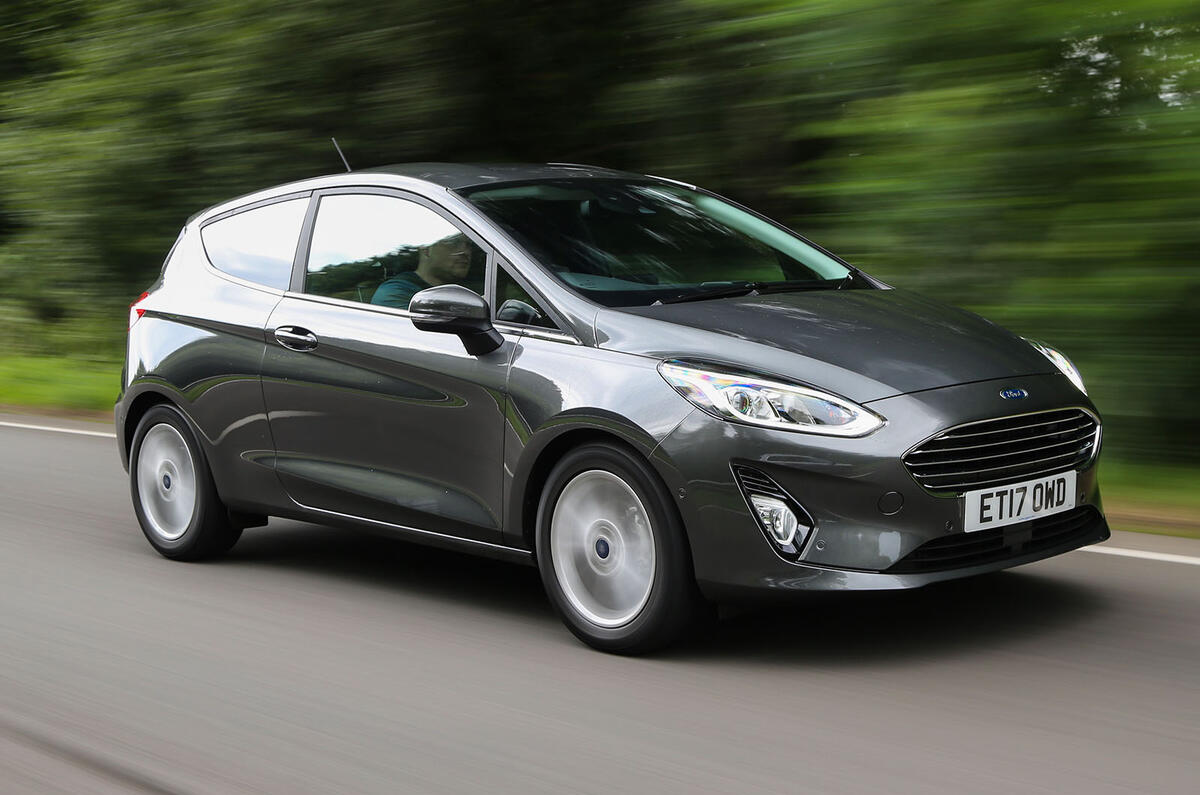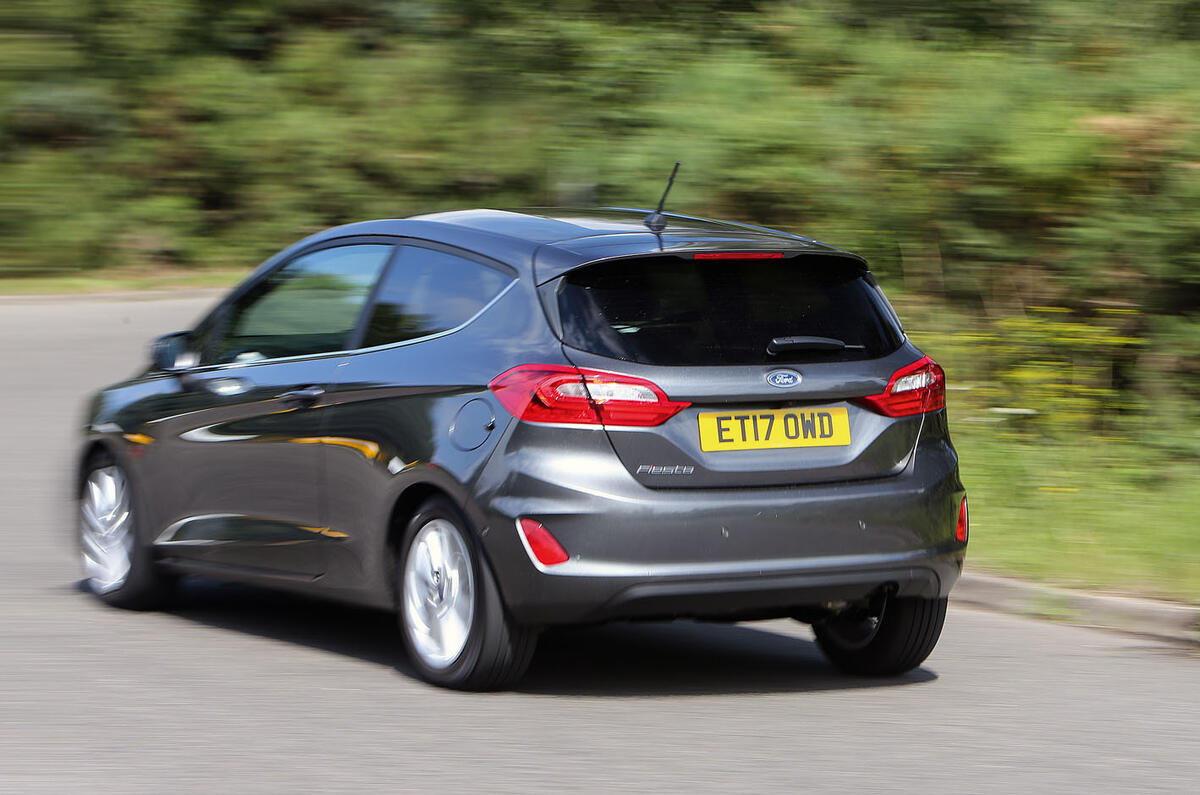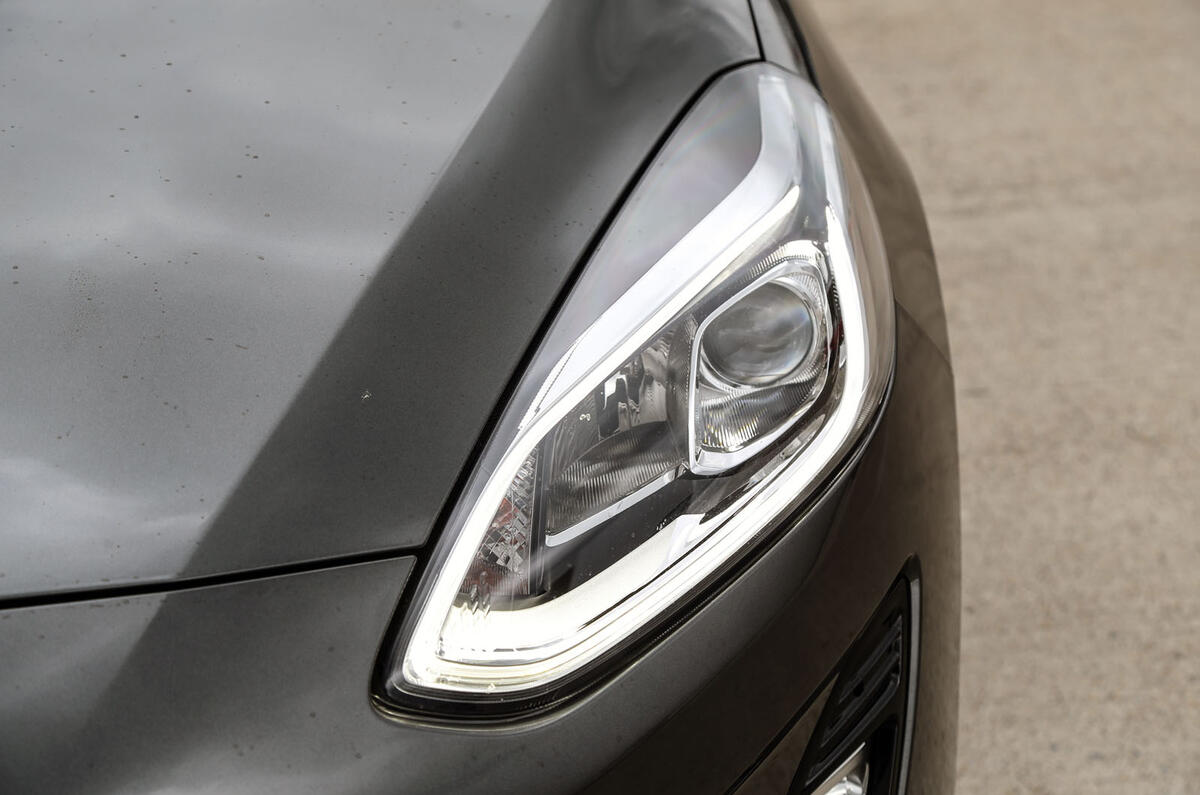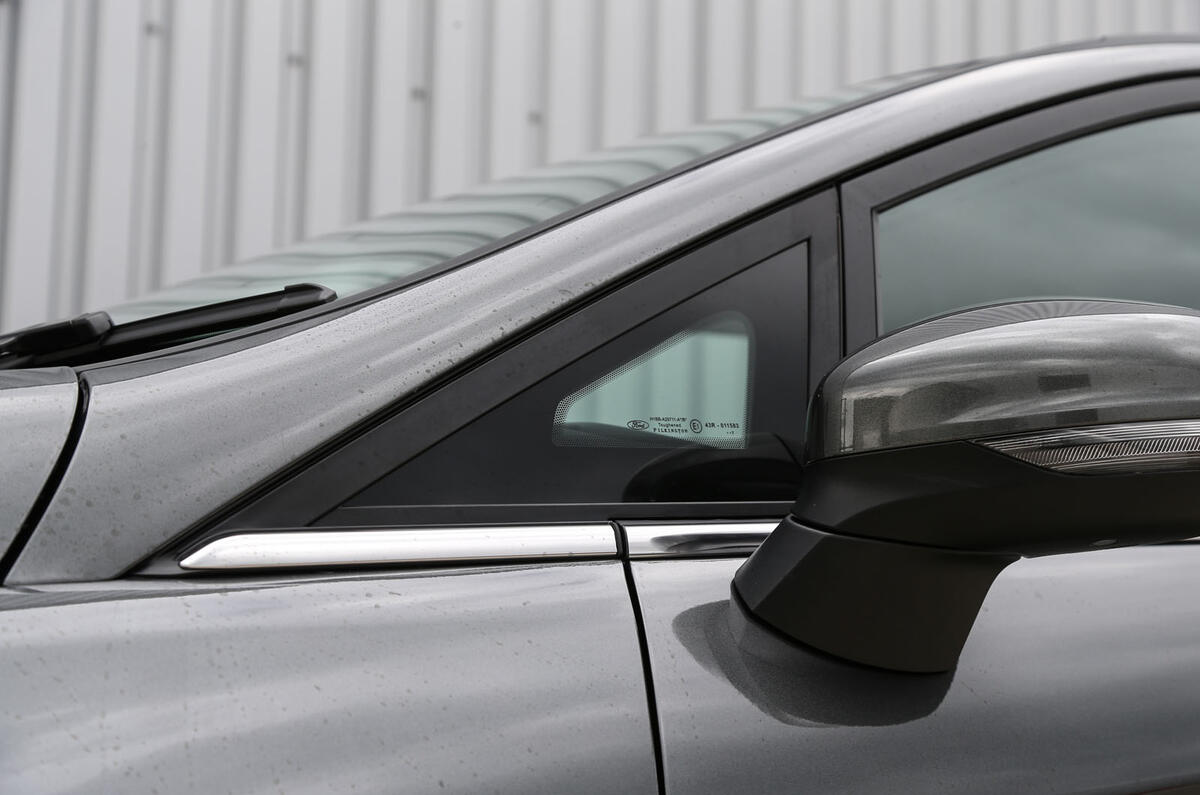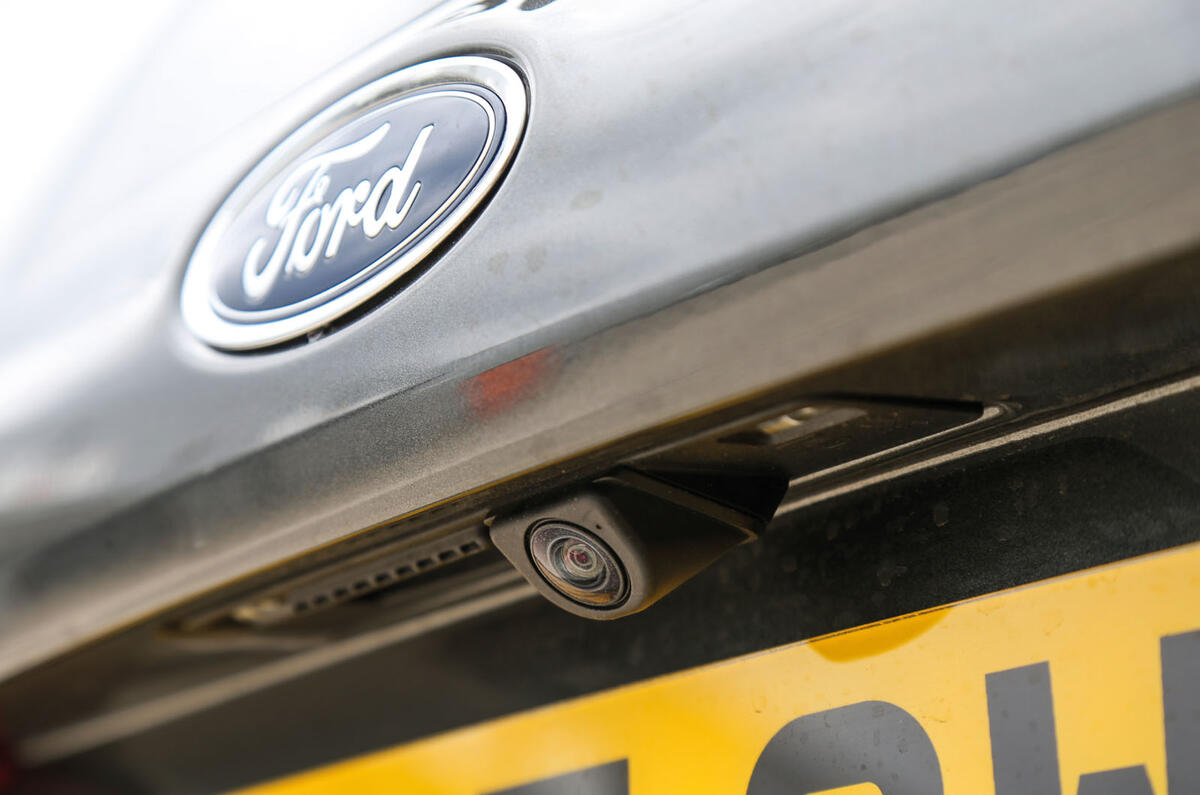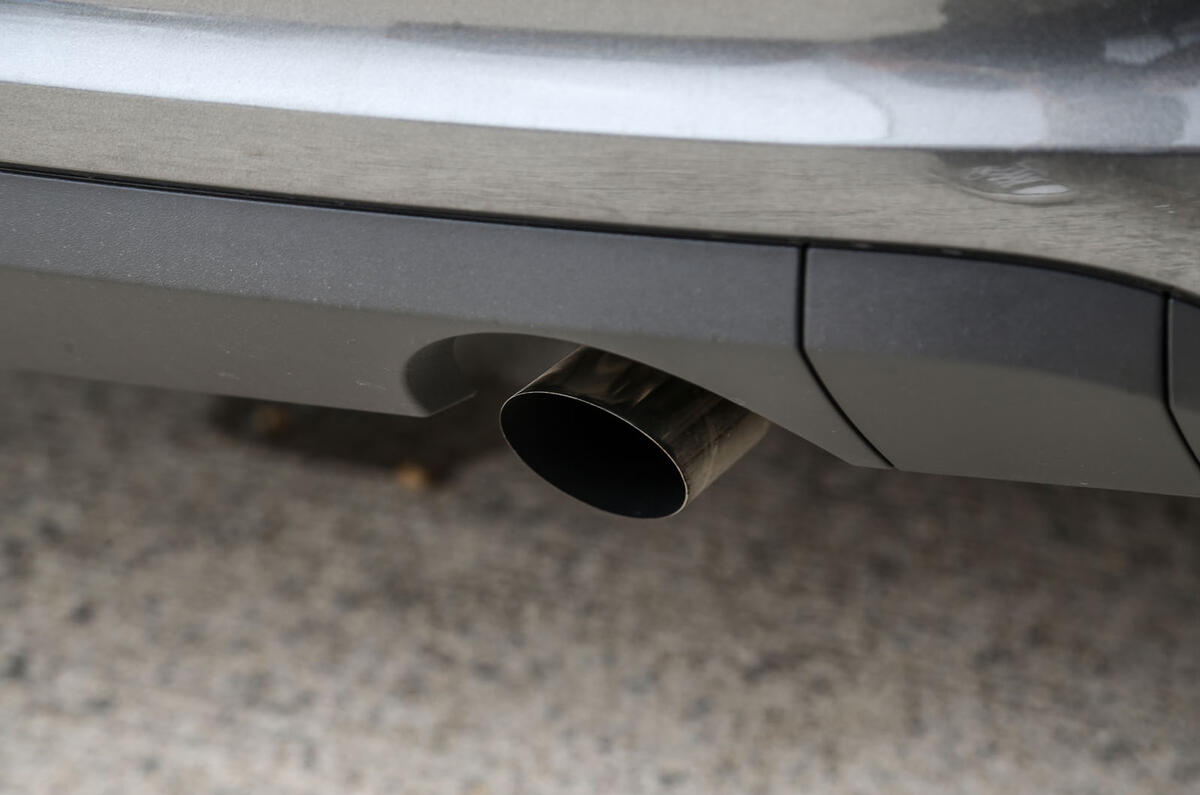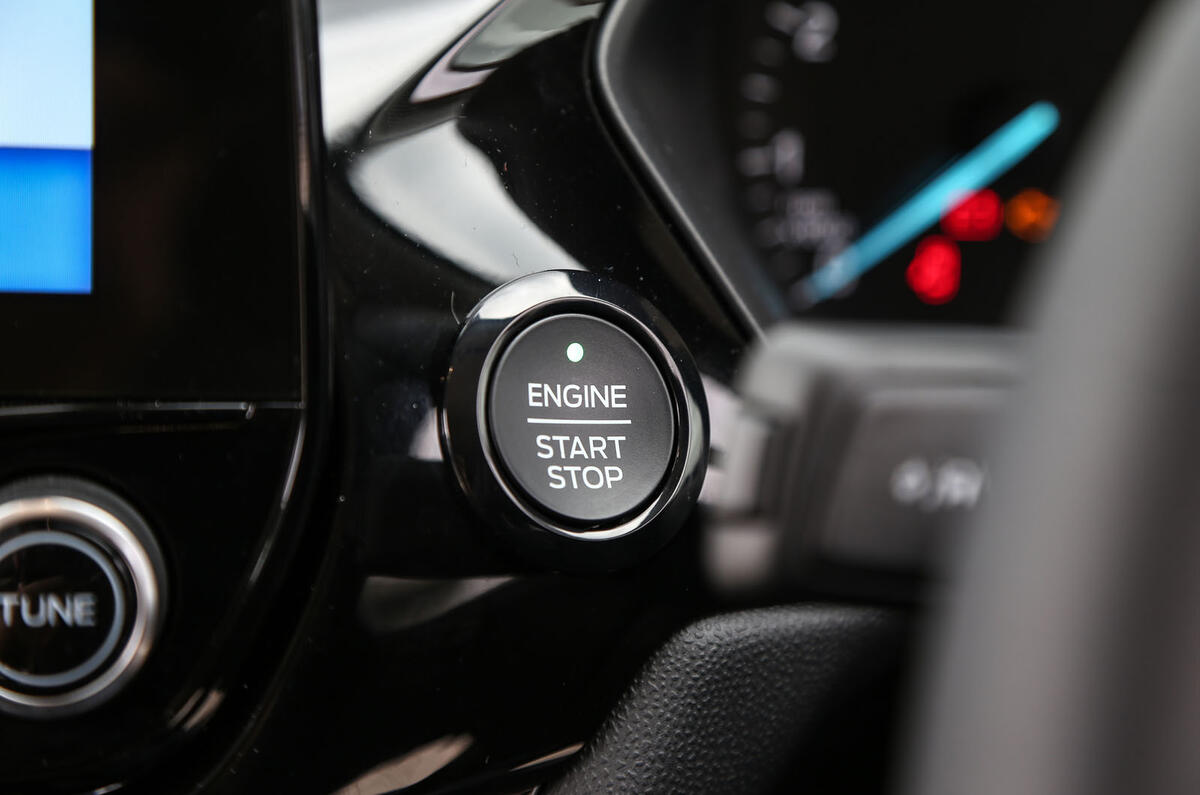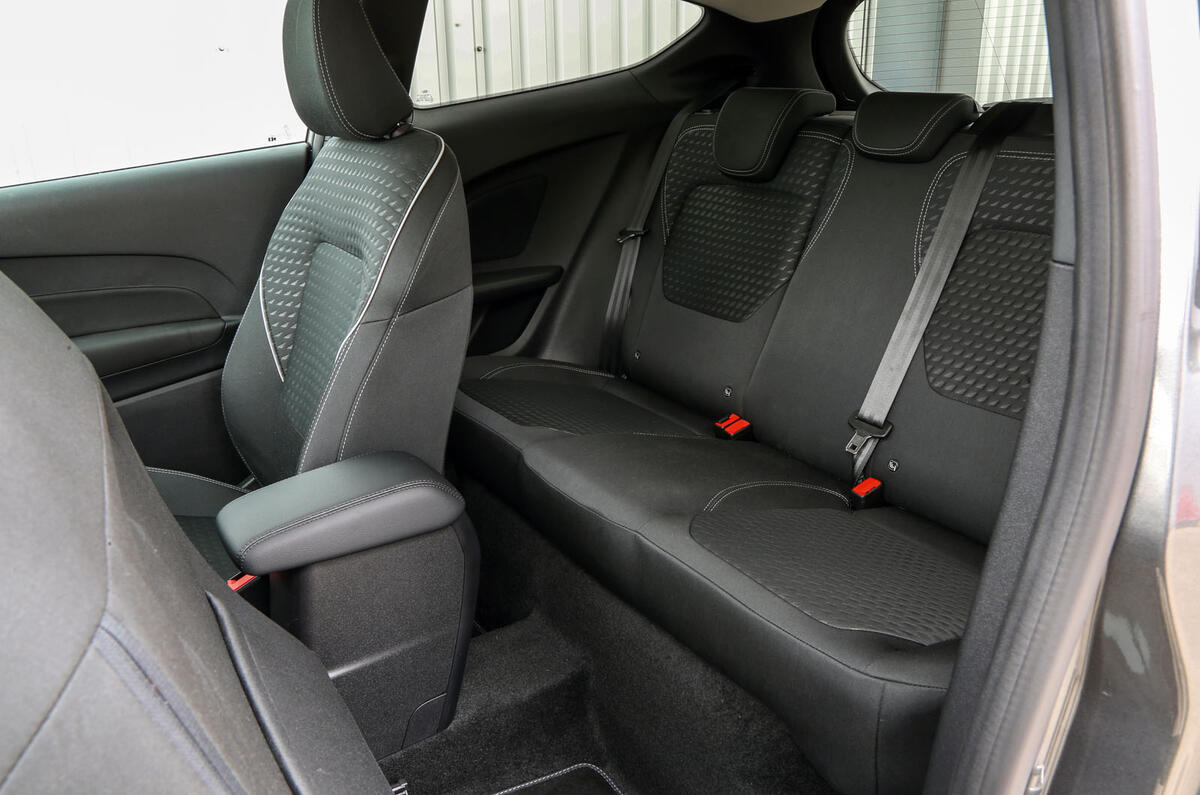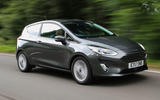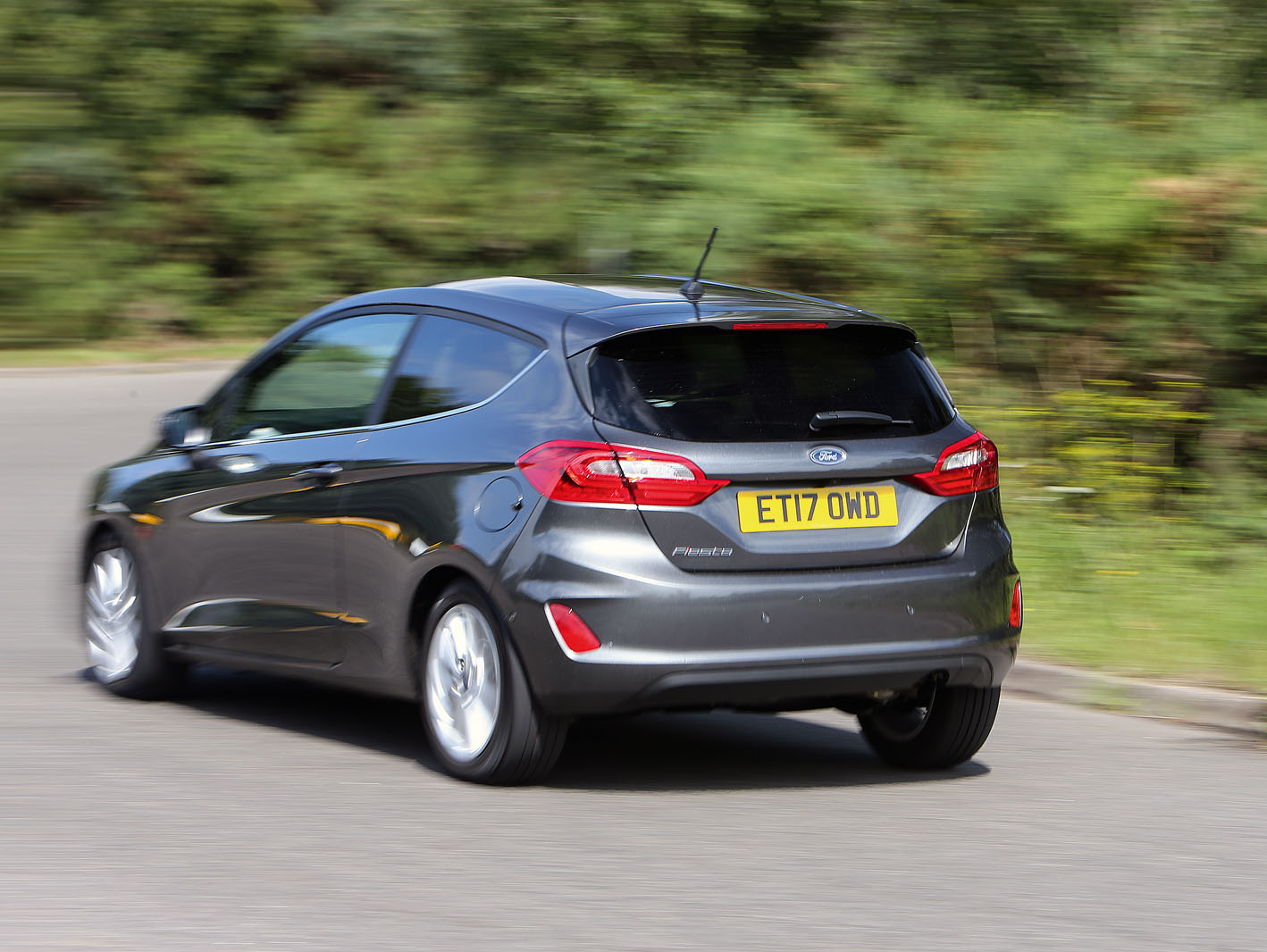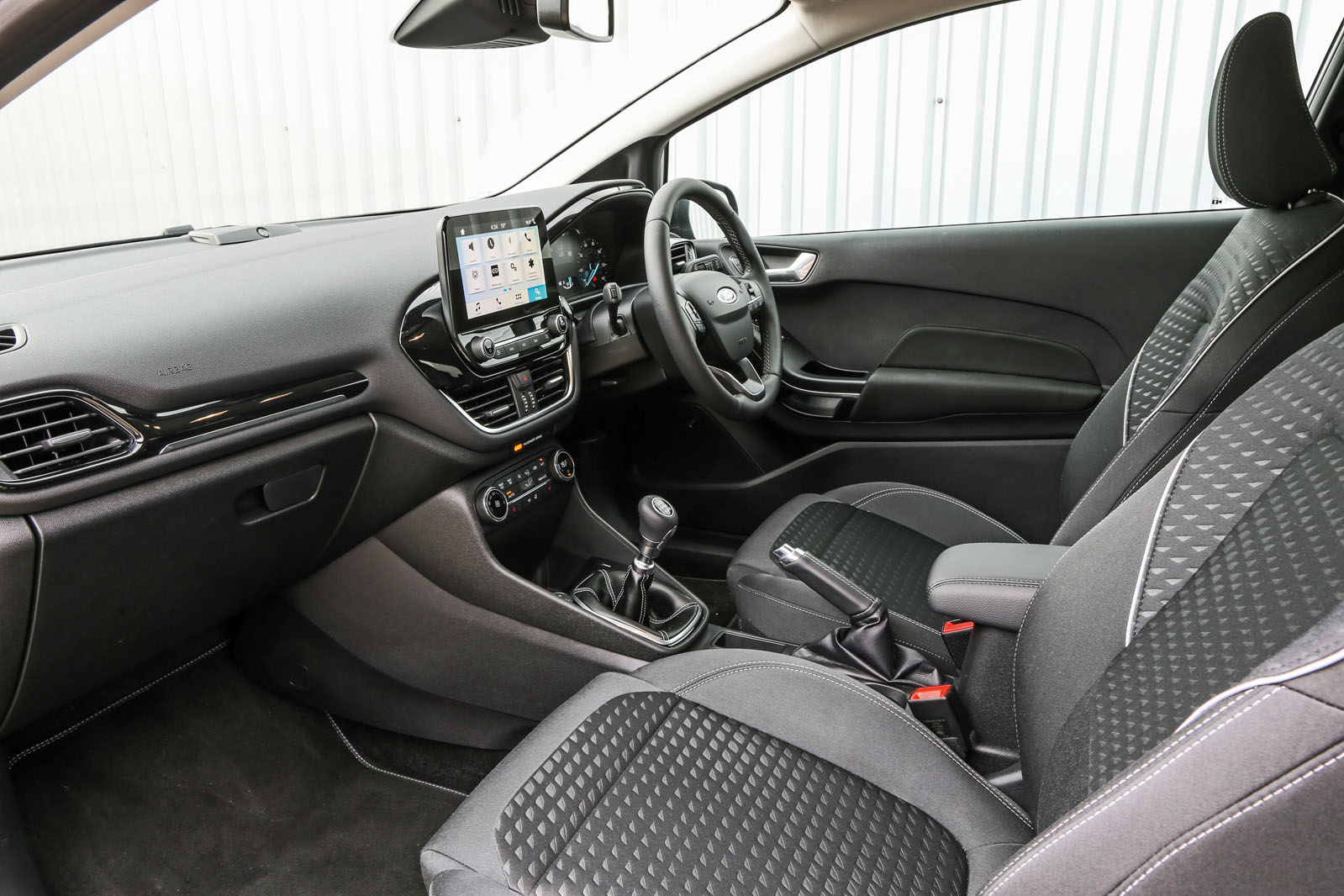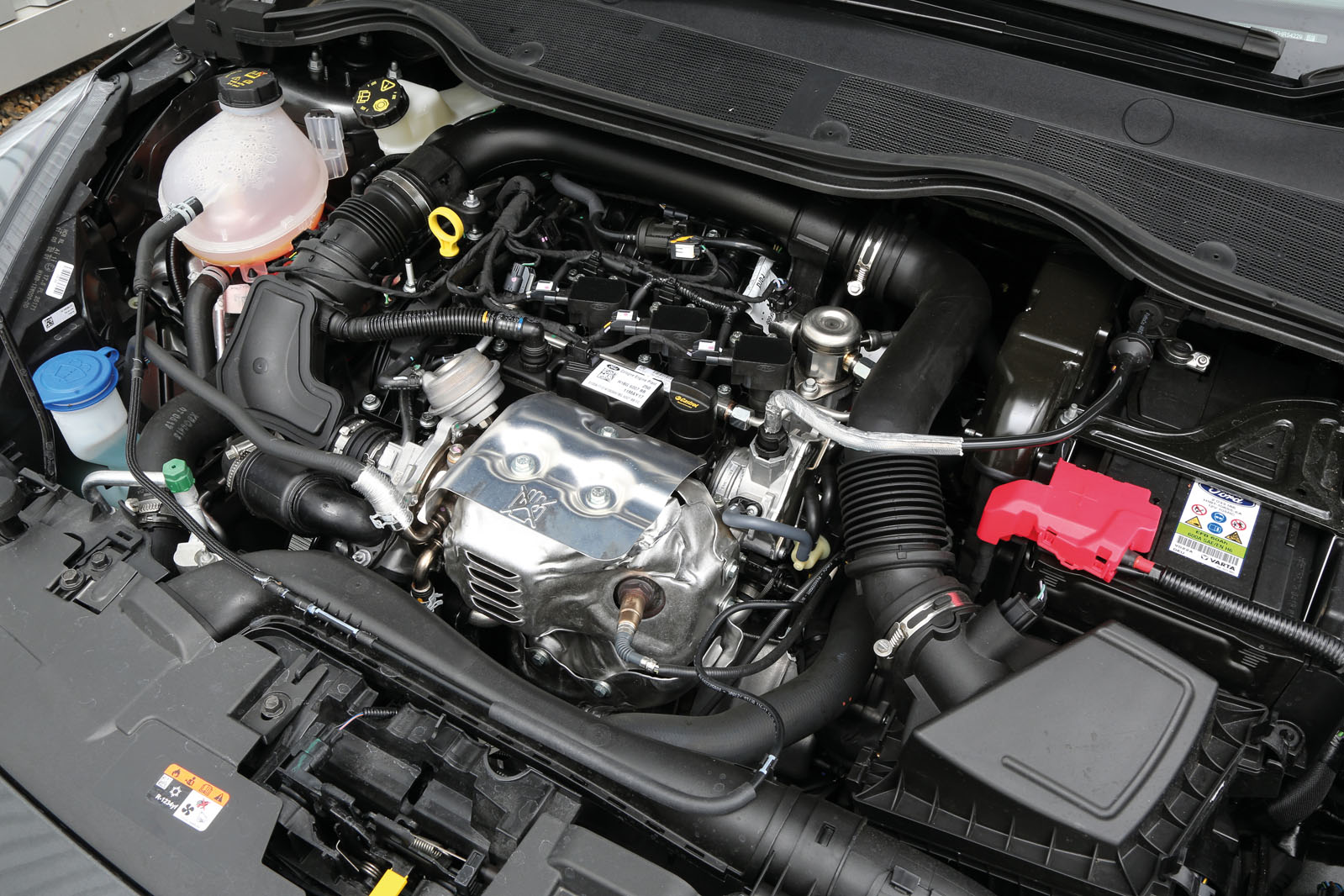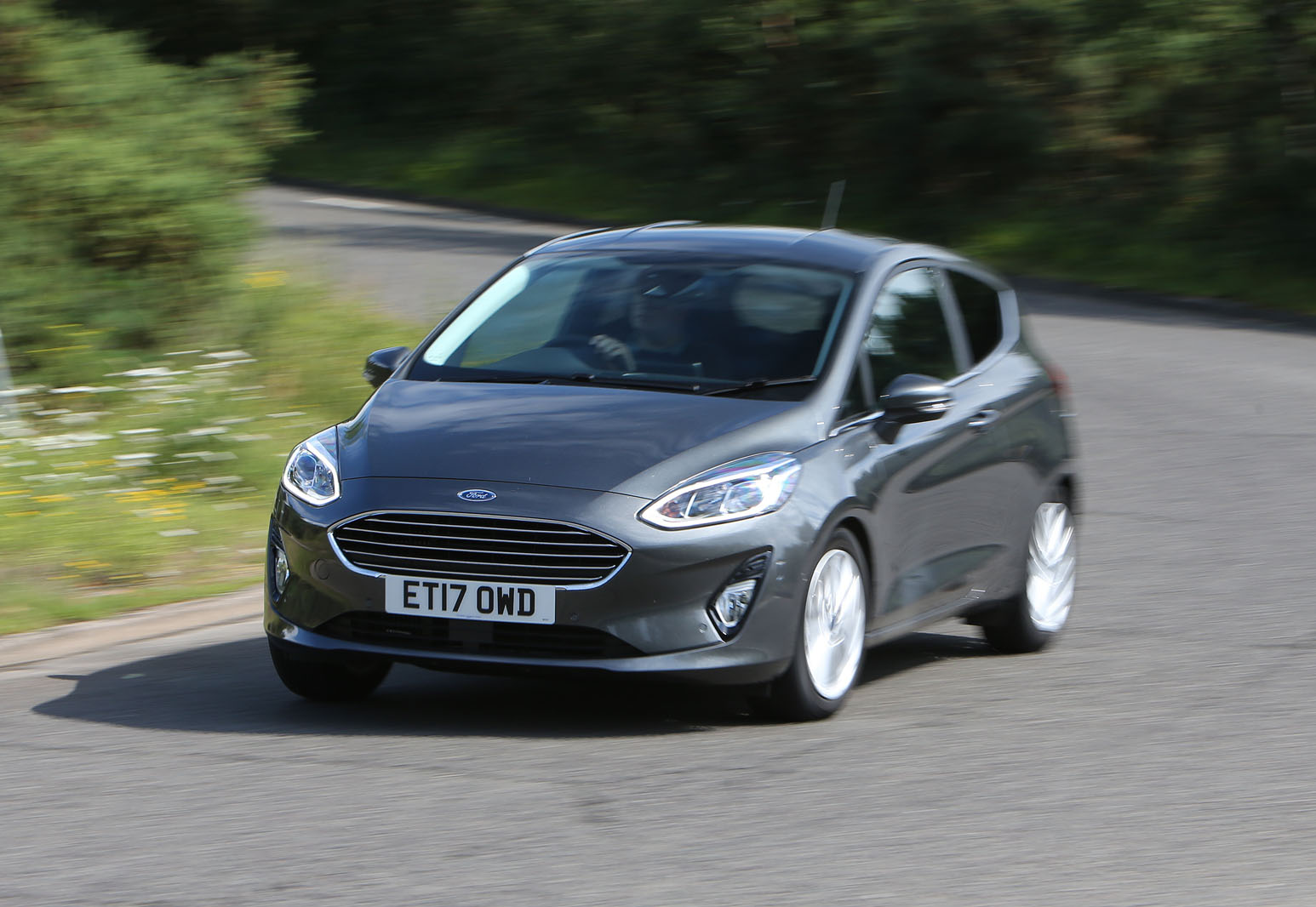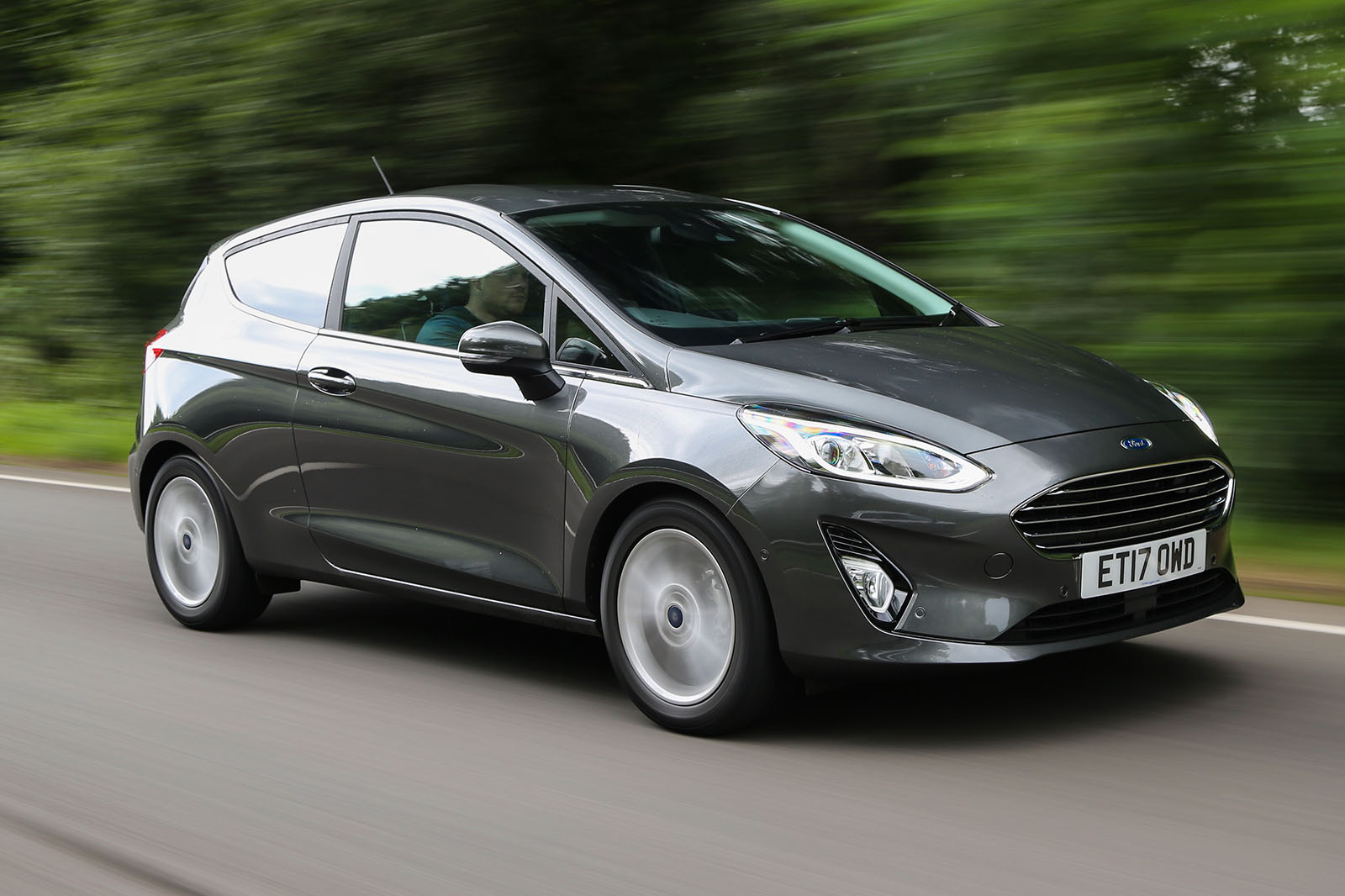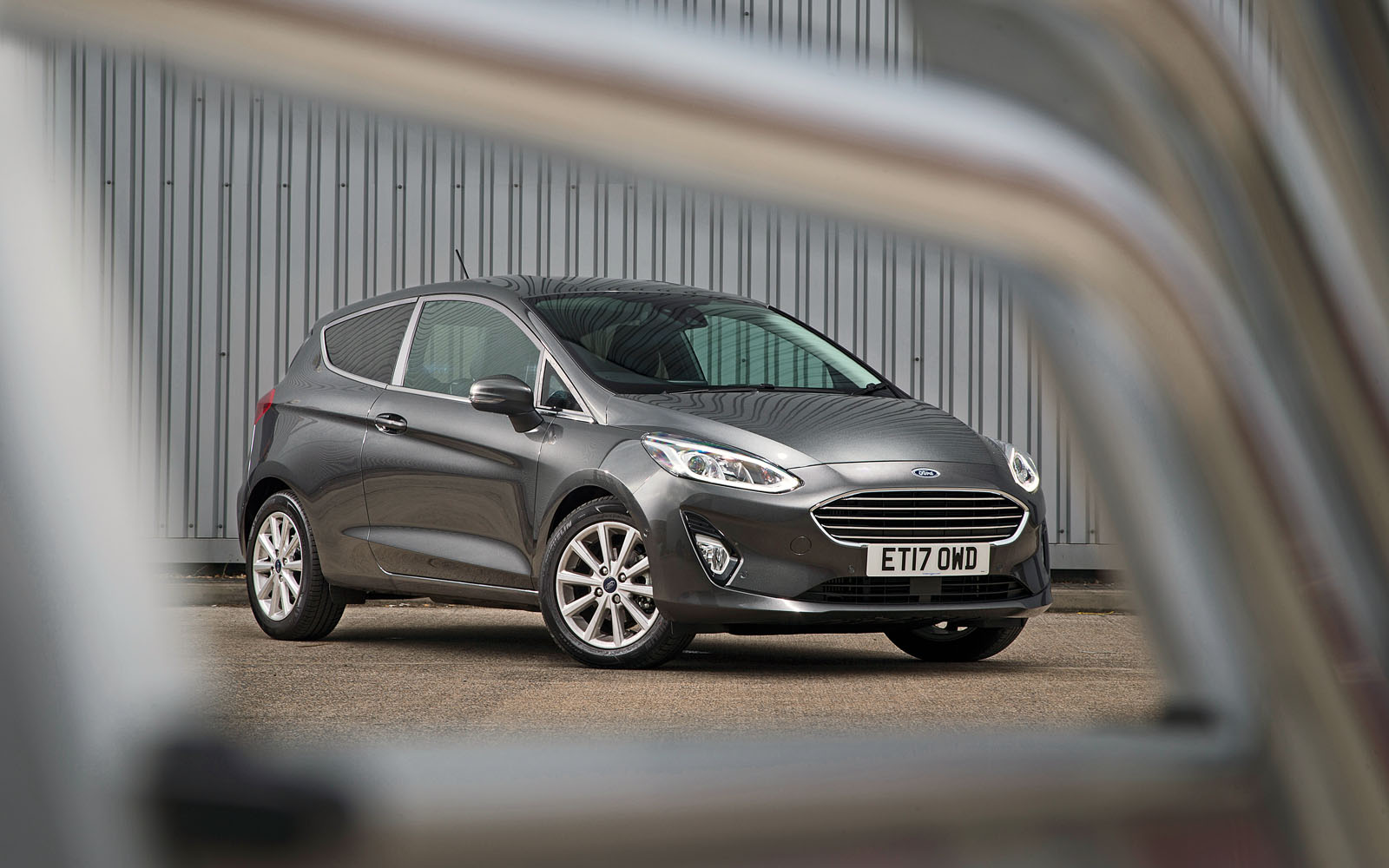The outgoing Fiesta’s cabin was unarguably its weakest aspect. Despite a facelift in 2013, Ford never managed to counteract the last-decade mix of a button-heavy dashboard and tiny infotainment screen, neither of which could be operated with anything like the seamlessness that a smartphone-owning buyer expects.
From that exceptionally low bar, this model constituted a predictably gargantuan step up.
Unsurprisingly, the previous interior was done away with completely. According to Ford, its replacement effectively halved the number of switches and buttons, many of them having been relocated to a new 8.0in touchscreen - although entry-level models get a 4.2in TFT screen.
It’s possible to get a little overexcited about the then new Sync 3 infotainment system. Plainly, the touchscreen is superior to the Byzantine sequence of buttons that had to be pushed to make its forerunner operate, and in its size, positioning and sensitivity, you could hardly ask for more.
Nonetheless, in the format we tested (and without physically plugging in a smartphone) the set-up seemed curiously limited: you get tabs for audio and phone, the ‘Mobile apps’ tab doesn’t work without your phone’s help and ‘Settings’ contains nothing you’ll need on a daily basis.
Conversely, with Apple CarPlay and Android Auto connectivity, a DAB tuner and standard Bluetooth, the Fiesta does supply the essentials. Sat nav went untested – our early build car was bereft of the system, usually standard with Titanium trim.
Perhaps it’s the sparseness of the menu system that confounds expectations, Ford having taken its user-centric pursuit of simplicity to a degree that leaves just plain tabs to push on. An aid to usability, no doubt, but hardly iOS-like in likeability, even if the screen's glass front is iPad-esque.
Around the display, Ford endeavoured to upgrade the trim materials and employ more seamless surfacing. In the car we tested, a heated steering wheel featured, along with a 4.2in TFT display in the instrument cluster.
In Fiesta terms, it’s a triumph, but it quickly becomes apparent that this is a cabin brought steadily up to date rather than plonked triumphantly at the head of the class. For all Ford’s professed attention to detail, there’s still plenty of tough plastic on show and the humdrum tactility that comes with it.
Ford did not completely exorcise its addiction to small buttons, either: the HVAC functions are needlessly strewn among 13 of them. Subjectively, it is also not the prettiest or cleverest solution to grace a supermini, lacking a Mini’s themed aesthetic or the harmony of the Ibiza’s layout.
It is also not dramatically larger than its predecessor. This is to be expected from a car that has gained only a scant 4mm of wheelbase length and even Ford claims it enhanced the notoriously stingy rear leg room by just 16mm.
Given the monster-selling success of its forebear, it could credibly be argued that the Fiesta’s small size has not impinged on its popularity previously but that doesn’t alter the fact that young families might find themselves better served by the extra 20mm of typical rear leg room we recorded in the Seat Ibiza or its 50-odd litres of extra boot space.


